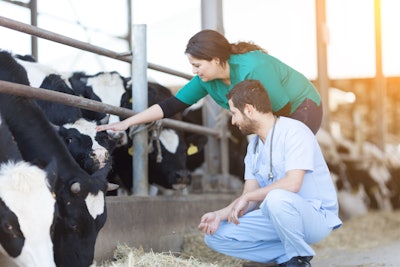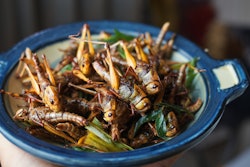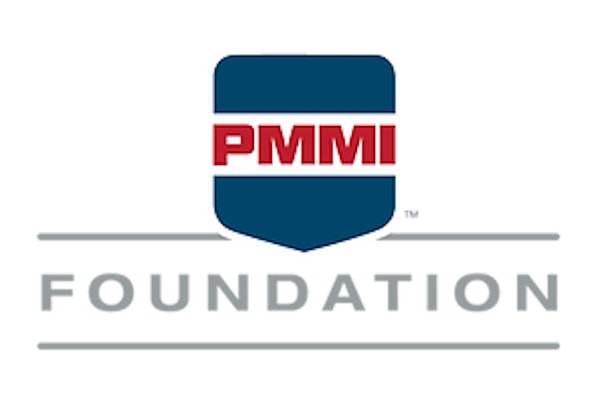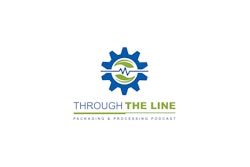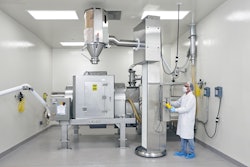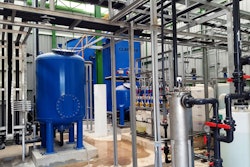A week after the U.S. Department of Agriculture (USDA) confirmed an outbreak of highly pathogenic avian influenza (HPAI) in dairy cattle in Texas and Kansas, a person with exposure to presumably infected cows in Texas has now tested positive as well. Reported by the Texas Department of State Health Services and confirmed by the Centers for Disease Control and Prevention (CDC), the patient suffered from eye redness consistent with conjunctivitis and is recovering with the help of an antiviral drug for flu.
This infection does not change the human health risk for the H5N1 bird flu for the general public, which the CDC still considers to be low. This is only the second case in the U.S. of a human becoming infected with avian flu. The first case was in 2022 in Colorado. In both cases, the people had exposure to animals infected by the virus. In Colorado, the person had been assisting with the culling of poultry infected with the H5N1 bird flu.
However, “people with close or prolonged, unprotected exposures to infected birds or other animals (including livestock), or to environments contaminated by infected birds or other animals, are at greater risk of infection,” the agency advises. “CDC is working with state health departments to continue to monitor workers who may have been in contact with infected or potentially infected birds/animals and test those people who develop symptoms.”
HPAI is widespread among wild birds in the U.S. and elsewhere in the world, which can spread the disease to poultry flocks through their droppings. Detections are higher in the spring and fall as wild birds migrate. Though first detected in 1996 in domestic waterfowl in Southern China, the H5N1 virus did not have a significant effect on commercial and backyard poultry flocks in the U.S. until February 2022. Since that time, more than 82 million farmed birds have had to be culled in the U.S., according to the USDA.
HPAI in dairy cows was first reported in Texas and Kansas by the USDA on March 25. Unpasteurized milk from sick cattle collected from two dairy farms in Kansas and one in Texas, as well as a throat swab from a cow in another dairy in Texas, tested positive for the H5N1 virus. On March 29, 2024, USDA’s National Veterinary Services Laboratories (NVSL) confirmed HPAI in a Michigan dairy herd that had recently received cows from Texas.
According to the U.S. Food and Drug Administration (FDA) and USDA, there are not concerns with the safety of the commercial milk supply because products are pasteurized before entering the market. “Dairies are required to send only milk from healthy animals into processing for human consumption; milk from impacted animals is being diverted or destroyed so that it does not enter the human food supply,” the CDC said in its statement. “In addition, pasteurization has continually proven to inactivate bacteria and viruses, like influenza, in milk.”
